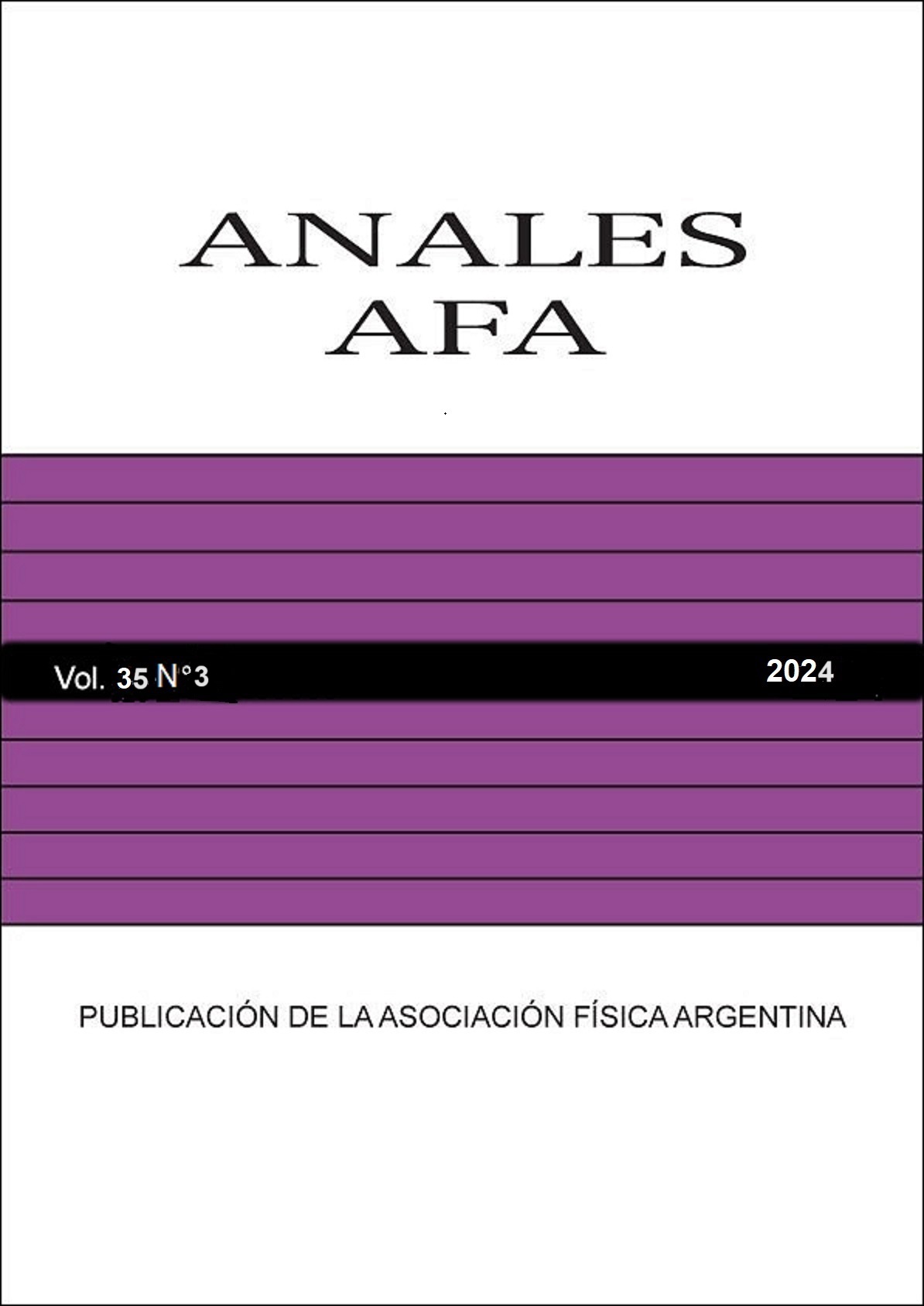STUDY OF THE I-V RESPONSE IN Sb70Te30 MEMORY CELLS
Abstract
Chalcogenide glasses are within the group of phase change materials and are promising in their application to non-volatile electronic memories. Under electrical pulses, they can circulate between two amorphous and crystalline structural states that are well differentiated in their conductivity. Assuming that the phase change mechanisms depend on the energy per unit volume delivered to the sensitive material, it is desirable to build cells on a micrometer scale, also considering that they could eventually be integrated into microelectronic manufacturing processes. In previous work, we observed an abrupt decrease in the resistance of Sb70Te30base thin films deposited by laser ablation in a temperature range of approximately 445 K when the sample is heated at low rates. From the results of differential scanning calorimetry and X-ray diffraction on samples obtained by the same method, we associate the change in resistivity with the crystallization process. In this work, we build micrometric devices with rectangular surface with Sb70Te30assensitive material, deposited on coplanar electrodes with spacing L (8 and 16μm) and width W (4, 8, 16, 32 and 64μm). We measure the voltage response of the devices when excited by scanning of increasing current and, between consecutive scanning, we measure the remaining resistance by applying a constant voltage value. In curves I-V, we identify a transformation from the original state to one of lower resistance, attributable to crystallization, but it was not possible to perform the reverse transformation to a state of higher resistance. Starting from the lack of knowledge about the conductivity of the material, we simulate the electric field in the cell using the Finite Element Method. The electrical conductivity of the chalcogenide glass in its initial state (amorphous) was estimated by adjusting its value in the simulations with different geometries, minimizing the difference between the measured and simulated resistances.
Keywords: Phase change materials, chalcogenides glasses, I-V response.




